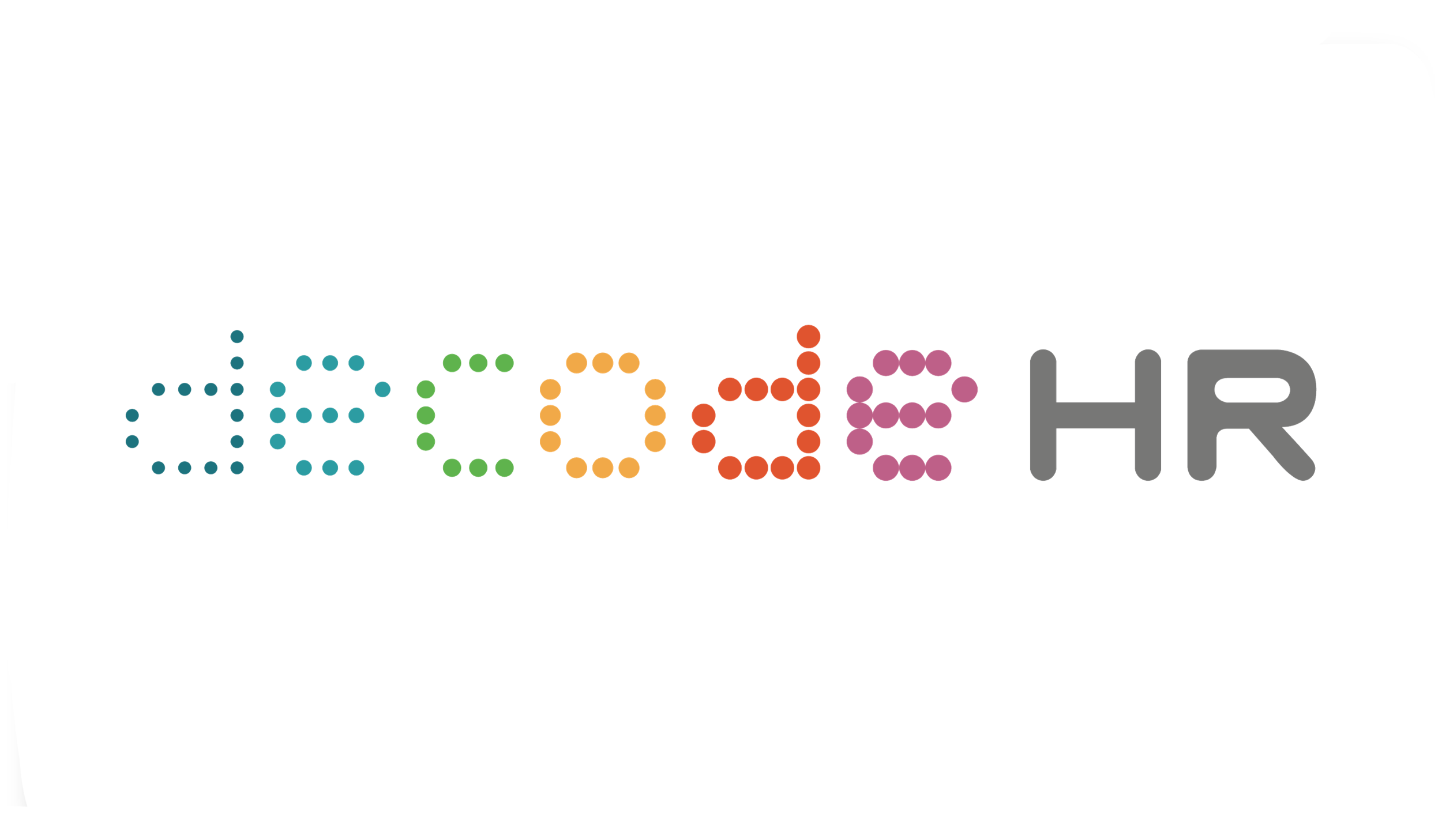Overcoming the Top 5 Challenges in Talent Development
Reading time: 8 mins
Talent development challenges are growing in 2025 as organisations strive to keep up with evolving business needs. This blog explores these challenges and offers innovative solutions to enhance your talent development strategy.
What’s the point of a training program if no one remembers it a week later?
That’s the frustration many HR leaders quietly face. Everyone agrees that employee development is critical. Budgets are approved. Workshops are delivered. But the impact? Often short-lived and hard to measure.
Amid shifting talent management trends, hiring takes centre stage while employee development fades after onboarding. Yet real performance, retention, and engagement hinge on continuous and aligned development efforts.
Despite massive investments, the corporate training market is projected to hit $805.6 billion by 2035, growing at a 7% CAGR- most companies still struggle. This blog explores the biggest talent development challenges today and provides practical strategies to overcome them.
What is Talent Development In HR?
Talent development is the process of building and enhancing the capabilities of employees to meet current and future business needs.
In simple terms, it’s about helping people grow. Not just in technical areas, but in leadership, communication, problem-solving, and adaptability. HR professionals design these initiatives to create a more agile workforce that can evolve as the organisation evolves.
It includes everything from onboarding to continuous learning, coaching, leadership pipelines, upskilling, and even reskilling.
When to Think About Talent Development
Talent development isn’t something to consider only when performance dips or attrition spikes. In fact, the best time to think about it is before problems show up.
Here are some moments when investing in development becomes especially important:
1. After a Growth Phase or Hiring Spree
When you’ve onboarded a large number of employees, it’s crucial to align them with your company’s culture, values, and skill expectations. Without development, that growth can quickly become unsustainable.
2. Before a Major Organisational Change
Whether it’s a restructuring, digital transformation, or leadership shift, people need support to adapt. Development builds the mindset and resilience needed to navigate change.
3. When Promotions Outpace Readiness
If you’re promoting people into leadership roles but not preparing them for it, that gap can cause friction and poor performance. Development helps close the readiness gap.
4. During Strategy Shifts
When your business pivots, your people must pivot too. Development ensures your teams have the right capabilities to deliver on new goals.
5. When Retention Becomes a Concern
One of the biggest reasons employees leave is the feeling that they’re not growing. Talent development helps people see a future at your company.
In short, think of development as a proactive tool, not a reactive fix. It’s less expensive and more effective to build the right skills today than to deal with disengagement or hiring later.
Benefits of Talent Development in the Workforce
A strong talent development strategy doesn’t just benefit employees, it drives long-term business success. When people grow, organisations grow with them.
Below are key advantages that companies experience when they prioritise the development of their people:
Higher Retention
Employees who see a clear path for growth are less likely to leave. When people feel like they are progressing in their careers, learning new skills, and being invested in, they’re more likely to stay loyal to the organisation. Development builds a sense of purpose and the future.
Better Performance
Training equips employees with the tools and mindset needed to do their jobs more effectively. When teams feel competent and confident, they tend to make better decisions, collaborate more effectively, and contribute higher-quality work that aligns with business goals.
Increased Engagement
Engaged employees don’t just show up, but rather, they participate, contribute, and innovate. Talent development programs make individuals feel seen and valued, which boosts emotional investment in their roles and the company’s success. Engagement is a natural by-product of feeling challenged and supported.
Stronger Internal Mobility
When employees are regularly upskilled or reskilled, it becomes easier to promote from within. This reduces hiring costs, accelerates succession planning, and strengthens organisational knowledge by keeping experienced people in new and evolving roles that match their potential.
Future-Readiness
Workforces that prioritise learning are more adaptable to change. Whether it’s a shift in strategy, new technology, or market disruption, developed teams can respond quickly and effectively. Talent development is key to building resilience and agility across all levels of the business.
5 Major Challenges of Talent Development
While the benefits of talent development are well understood, designing programs that truly work is not easy.
Many HR leaders and L&D professionals encounter persistent challenges that can stall or dilute their efforts.
Below are five key obstacles that often stand in the way of effective talent development:
1. Low Engagement in Training
Too many learning initiatives focus on completion rather than comprehension. Employees often sit through training just to tick a box without feeling mentally invested or emotionally connected to the content.
When learning is passive or irrelevant, people zone out. This leads to poor retention and minimal behavioural change. Real development only happens when people care about what they’re learning and see its direct value to their daily work and long-term goals.
2. One-size-fits-all Learning Paths
Many companies still rely on standardised training modules that assume all employees have the same needs. But a new sales hire requires a very different learning journey than a mid-level finance manager or a frontline supervisor.
Ignoring these differences leads to disengagement and wasted resources. A successful talent development strategy must be personalised, allowing for contextual learning that considers roles, experiences, aspirations, and skill gaps.
“Talent development must go beyond programs. It’s about creating an ecosystem where people can continuously learn and adapt.”
3. Soft Skills Are Hard to Build
Unlike technical training, which is often straightforward and measurable, soft skills development requires behaviour change. Leadership, empathy, conflict resolution, and adaptability aren’t taught in a single session.
They evolve over time through feedback, reflection, and practice. Unfortunately, many programs don’t offer safe environments or real-world simulations for employees to build these skills in meaningful ways. As a result, soft skills often remain theoretical and underdeveloped.
4. Lack of Measurable Impact
One of the biggest criticisms of talent development is the lack of clear outcomes. If a company invests in a learning program, what exactly improves productivity, engagement, and retention?
Without defined metrics, feedback mechanisms, or follow-up assessments, it’s nearly impossible to measure the ROI of development efforts. This leads to skepticism from leadership and makes it harder to secure future investment in L&D initiatives.
5. Resistance to Change
Even the best development programs fail when people don’t apply what they’ve learned. Changing habits takes more than knowledge; it requires motivation, support, and reinforcement.
Many employees default to familiar behaviours, especially in high-pressure environments. If the company culture does not actively support experimentation and learning from failure, new skills and mindsets are unlikely to stick.
Overcoming resistance means addressing not just knowledge gaps but also behavioural and cultural barriers.
The biggest barrier to talent development isn't a lack of resources, it's the resistance to letting go of familiar ways of working. — Paul Keijzer, CEO, The Talent Games
Talent Development vs Talent Management
While these terms are often used interchangeably, they serve distinct functions in growing and managing your workforce. Understanding the difference can sharpen your people strategy.
Key Areas at A Glance:
1. Focus Area
Development builds skills and readiness.
Management governs the entire employee lifecycle.
2. Approach
Development is future-focused and growth-oriented.
Management is operational and role-focused.
3. Activities
Development involves training, coaching, and upskilling.
Management includes hiring, appraisals, and succession planning.
4. Goal
Development aims to prepare talent for evolving roles.
Management aims to align talent with business needs.
5. Outcome
Development results in capability-building.
Management drives organisational structure and performance flow.
How to Develop a Talent Development Strategy in 2025
Creating an effective strategy doesn’t require reinventing the wheel, but it does require alignment between HR goals and business priorities. Here’s how to get started:
Many HR leaders and L&D professionals encounter persistent challenges that can stall or dilute their efforts.
Below are five key obstacles that often stand in the way of effective talent development:
1. Identify Skill Gaps with Gamified Assessments
One of the fastest-growing trends in talent development is using gamified assessments to identify employee skill gaps more accurately.
Companies are moving towards this approach because traditional assessments often fail to capture real-time performance or potential. Gamified tools provide immersive, scenario-based insights that highlight strengths and development needs.
This helps organisations tackle challenges like generic training, disengaged learners, and unclear performance metrics, leading to smarter, targeted development plans.
2. Segment Your Workforce
Not everyone needs the same kind of development. Segment your people by role, experience level, and growth trajectory. A one-size-fits-all strategy will likely miss high-potential individuals or over-invest in the wrong places.
3. Link Learning to Business Goals
The development programs are directly tied to outcomes that the business cares about: innovation, customer experience, and operational excellence. When learning is linked to performance metrics, both engagement and accountability rise.
4. Create Opportunities for Application
The real value of learning shows up in how people apply it. Build in stretch assignments, mentorship, and simulations that give employees space to practice what they’ve learned. Gamified tools can also help here, allowing people to apply soft skills in scenario-based environments.
5. Measure What Matters
Don’t just track course completion rates. Measure capability shifts, performance improvements, and internal mobility. Gamified platforms can help capture behavioural data over time, offering a dynamic picture of individual growth and team readiness.
6. Make Development Continuous
Talent development isn’t a one-time event. Build a rhythm of learning that fits your culture, whether quarterly workshops, monthly challenges, or always-on digital modules. The goal is to normalise growth as part of the workday, not an extra task.
A Real-World Example: Gamified Change Management at Philip Morris
When Philip Morris International Pakistan underwent a major change initiative, they partnered with The Talent Games to launch a customised gamified assessment.
Designed to evaluate both behavioural and cognitive skills, the game simulated real-world challenges and delivered deep insights into employee readiness.
The interactive experience not only boosted engagement but also enabled data-driven talent development aligned with the company’s transformation goals.
Where Gamification Comes In
Once you’ve identified the right moments to invest in talent development, whether it’s industry shifts, scaling up, or preparing future leaders, the next step is choosing how to deliver that development effectively.
That’s where gamification platforms like those of The Talent Games become a game-changer. It transforms traditional learning into engaging, goal-oriented experiences that drive participation, retention, and real behaviour change.
Organisations like Philip Morris have already unlocked measurable results through gamified talent development. When done right, here’s what you can expect:
Higher employee engagement and knowledge retention
Stronger alignment between training and business outcomes
Improved internal mobility and leadership readiness
More data-driven insights to fuel growth and development plans
Final Thoughts
Addressing these talent development challenges requires a strategic, long-term approach. By aligning training programs with business goals, ensuring continuous learning opportunities, and leveraging tools like gamified assessments, organisations can overcome these hurdles.
Gamified assessments, in particular, engage employees, enhance learning retention, and offer valuable insights into their progress. By tackling these challenges head-on, organisations can create a dynamic talent development strategy that boosts employee growth, engagement, and overall performance.
*This is a guest post by our dcHR.tech partner, The Talent Games, which empowers companies and HR teams to assess, hire, and develop top talent with innovative gamified assessment solutions.
Effective talent development is crucial for sustained employee growth and retention. This write-up explores common challenges and practical strategies to help companies support ongoing learning and boost team performance. Read the original article here.
Discover more about talent development strategies – connect with us today.










